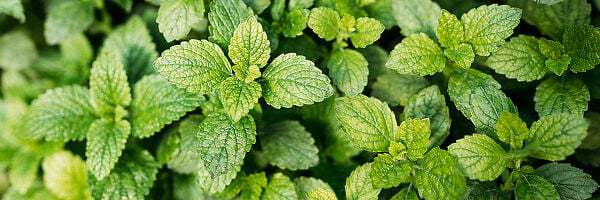
February 15th, 2023 by
If you're an avid gardener, who loves nature, you may have thought about trying to make your garden more wildlife friendly. But what exactly does this mean? Is there such a thing as too much wildlife in a garden? And how do we decide what species are best suited to our gardening needs? These are all important questions that we will answer today!
Think about your garden's footprint.
The first thing you need to do is consider the size of your garden. If it's a small space, like a patio or balcony, then there will be less room for wildlife to live there, however, this doesn't mean that you can't make it appealing to animals or insects. Consider adding some planters and growing some flowers and plants that will attract butterflies and bees such as single flower Dahlias, marjoram or sage.
If you have more space available in your garden, then it will be easier for birds, insects and even small mammals to find places where they feel safe from predators such as cats or dogs. The local climate also plays an important role: if it rains often where you live then having some shelter from rainwater will be helpful; similarly, if winters are cold then providing insulation to help them keep warm.
Install a pond and make it wildlife friendly.
Ponds are an excellent way to attract wildlife, such as birds and butterflies. they also add a wonderful feeling of tranquillity to your garden, so if you have the space, installing a pond is definitely something you should consider. You can make it as simple or elaborate as you like - but remember that the simpler it is, the easier it will be for small creatures to find their way around it and feel at home.
A good rule of thumb when designing your pond is "less is more". This means that you need only include features that are necessary for attracting wildlife (such as rocks) rather than creating elaborate structures with steps leading down into them etc., which would only serve to confuse animals looking for somewhere safe from predators like cats!

Create a birdbath or bird feeder.
You can create your own backyard birdbath by pouring water into a large, shallow container. A pie plate works well, but if you want something more decorative, try using a planter or flowerpot instead. You can also buy a ready-made birdbath from many retailers; just make sure it's sturdy enough for the job!
If you have children, making your own bird feeder at home can be a great activity to do together. You can use recycled materials such as empty plastic bottles and yoghurt pots. Then all you need is some string and bird feed and you are set. Mounting on top of a pole in an area that gets good sunlight throughout most days--the sun will warm up this spot nicely during colder months when birds need warmth most! Bird feeders are also great as they are suitable for all garden types from large grassy gardens to small balconies.
Plant herbs and vegetables for bees and butterflies.
Bees are incredibly important to our ecosystem and there has been a fantastic effort in recent years to protect them so if you would like to join this effort as well as attract other stunning insects such as butterflies, then we highly recommend planting herbs and vegetables such as:
Basil - bees love this herb; it also attracts hoverflies in summer.
Nasturtiums - these colourful flowers are loved by all pollinators; they're also edible!
Mint -Bees love mint, and you can also grow water mint if you choose to invest in a pond, mint is also a great accompaniment for cooking too!
Chives - Chives are another easy herb to grow, the beautiful purple flower will feed Honeybees, Bumblebees, Mason bees and Leafcutter bees!
Leave space for wildflowers.
Wildflowers are important for insects, birds, butterflies and small mammals. They also help you to attract insects that feed on pests in your garden such as aphids or whitefly. Wildflowers will also give your garden the look of a beautiful meadow and it will also keep it fragrant all year round.
Provide shelter for small mammals and insects.
One of the easiest ways to welcome more wildlife into your garden is to provide shelter. Small mammals and insects need places where they can hide from predators and keep safe over winter and in the case of birds to lay their eggs.
Provide hollows in logs or tree stumps for small mammals like voles, moles and shrews to live in. You can also create artificial burrows by digging holes in your garden soil with a spade (use plastic ones if you have children) or even just make holes by kicking your heels into the soft ground!
Create piles of stones for insects such as ladybirds or butterflies who need somewhere warm on cool days but don't want their eggs getting too hot when it's sunny outside - leave some gaps so there's access from all sides too!
Hedgehog houses are also very easy to make and a great project to start with young family members, all you need is an old wooden box, some extra wood to make a tunnel some dry leaves or hay and you set.

Conclusion
You can make your garden more wildlife friendly by thinking about its impact on the environment, particularly climate change. By installing a pond or birdbath, planting flowers and herbs, leaving space for wildflowers and providing shelter for small mammals and insects, you're helping animals find food and shelter while also reducing their stress levels.
Comments
Leave a reply
Your e-mail address will not be published. All fields are required



